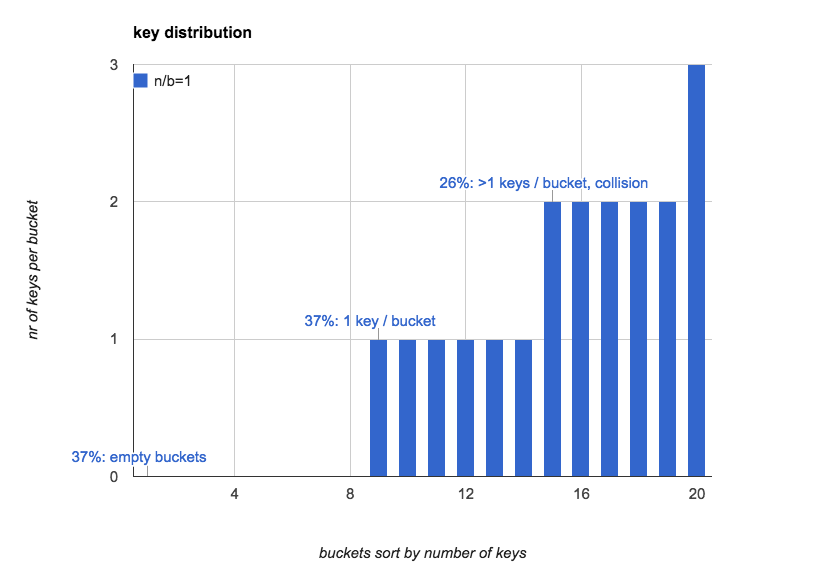可靠分布式系统基础 Paxos 的直观解释
Paxos 已经逐渐被承认是分布式系统中不可缺少的核心算法, 越来越多的分布式系统都是以paxos或其变种来达到强一致性的.
本文是一篇paxos入门教程, 从基本的分布式中的问题: 主从复制,quorum-rw等算法出发, 通过逐步解决和完善这几个问题, 最后推导出paxos的算法.
本文分为2个部分:
-
前1部分是分布式一致性问题的讨论和解决方案的逐步完善, 用比较通俗的语言得出paxos算法的过程. 如果你只希望理解paxos而不打算花太多时间深入细节, 只阅读这1部分就可以啦.
-
第2部分是paxos算法和协议的严格描述. 这部分可以作为paxos原paper的实现部分的概括. 如果你打算实现自己的paxos或类似协议, 需要仔细了解协议细节, 希望这部分内容可以帮你节省阅读原paper的时间.

